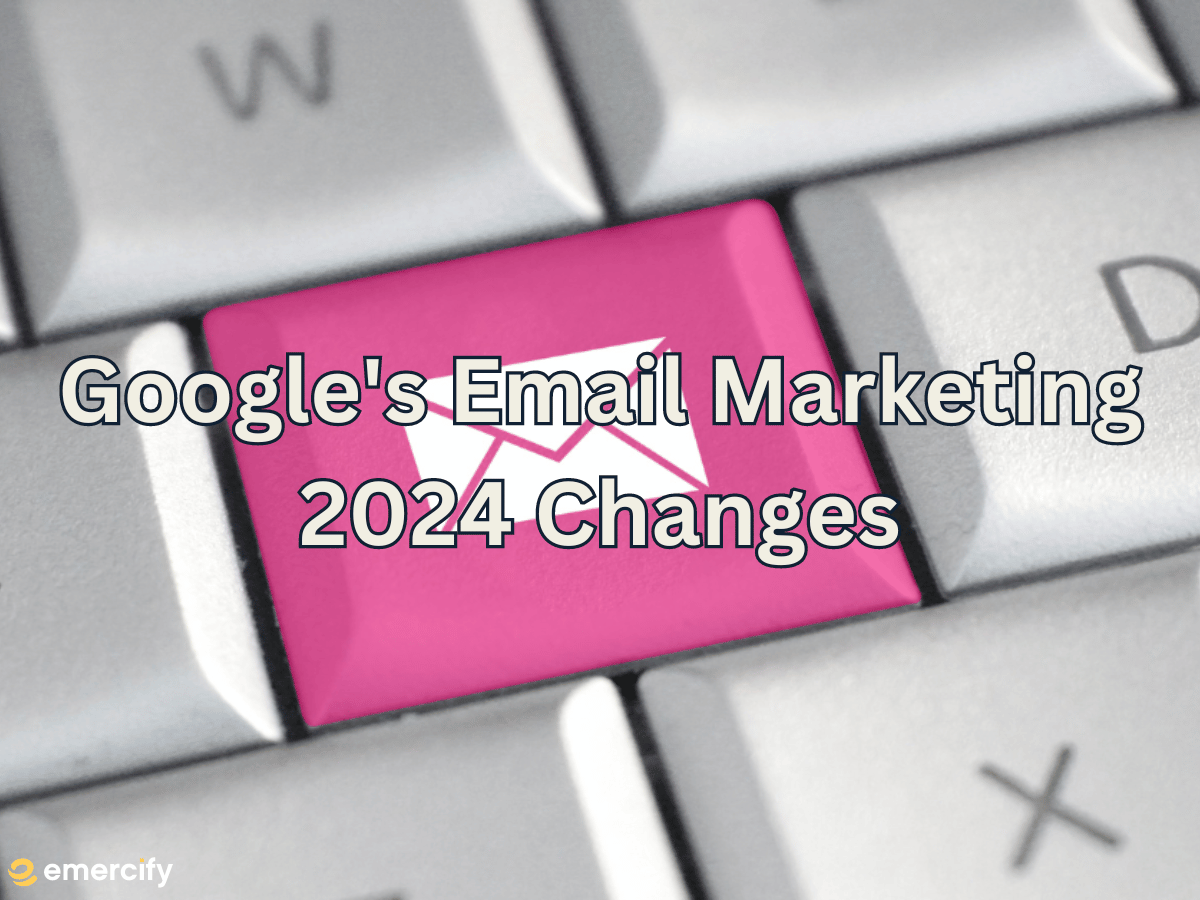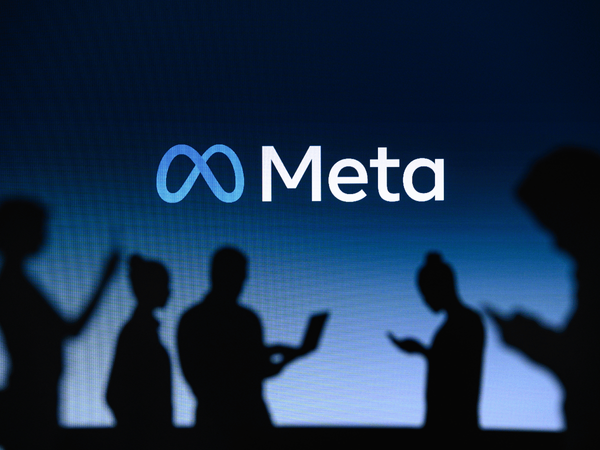Navigating the New Landscape: Google's Email Marketing 2024 Changes Unveiled

You may have heard some news that is currently shaking the world of email marketing. As an email marketer, I find the changes fascinating and wanted to share them with you. Note: while some change can be scary, I think the shifts we will be seeing will help ensure email marketing campaigns can be done with transparency and integrity, ensuring brands’ efforts are not in vein. While email marketing is not dead (far from it), there are still some nuances that need to be updated. This is one of them. In case you haven’t heard. as of February 1, 2024, Google and Yahoo have implemented significant changes to its email marketing policies, aiming to enhance authentication, user experience, and overall email quality. But what does this look like and how will effect your business? Let's delve into the key modifications that marketers need to be aware of to stay ahead in email marketing and campaigning.
Email Authentication: Strengthening Trust and Deliverability
Google and Yahoo now require email senders, especially those dispatching over 5,000 emails daily, to authenticate their emails using SPF, DKIM, and DMARC records. This triple-layer authentication ensures that both the email and the sending domain are verified, instilling trust in email providers. Authentication and verification are huge factors when it comes to access and marketing. You want to ensure, as an email sender, that you are authenticated. By bolstering authentication, Google aims to improve deliverability and mitigate the risk of emails being labeled as spam. This means a higher likelihood of your emails being sent and delivered to your list rather then ending up in spam.
Custom Domain Mandate: Elevating Credibility
Marketers must now use a custom domain for sending bulk emails. This implies that emails should originate from a domain owned by the sender, moving away from the use of free email addresses. Think about it. If you see an email from a @yahoo, @ gmail, or @aol (does anyone use this anymore?) email address, how likely is it that you will open that email? Especially if it’s from someone you don’t know. Not likely, right? That is the idea here. Email marketing is plagued with spammy messaging and risks like hacking, phishing, and other malpractices. This shift is designed to elevate the credibility of email senders, making it easier for recipients to identify legitimate communications. If you are a brand that isn’t using a custom domain email address yet, now is the time to start!
Streamlined Unsubscribe Process: Prioritizing User Experience
Both Google and Yahoo now insist on a one-click unsubscribe process for all email recipients. Marketers need to include a clearly visible and easily accessible unsubscribe option in every email. You need to make it easy for the recipient. The unsubscribe link should already be in an easy to find location (many brands opt to put this in their email footers). You cannot hide, misplace, or purposefully conceal this link, or else you will not be compliant. With the ease of one-click, this means you make the process a lot easier and seamless for your user to unsubscribe. This emphasis on user experience is intended to empower recipients and reduce frustration, leading to a more positive perception of email communications. Remember: unsubscribes are not bad. They help narrow down your list and filter out those who may not be as engaged or interested in you or your content. Those people don’t want you to market to them, and you don’t want to market to them anyways.
Spam Complaint Rates: Striking the Right Balance
Google and Yahoo have set a threshold for spam complaint rates. While the recommended rate is below 0.3%, maintaining it below 0.1% is highly advisable to avoid deliverability issues. There are plenty of tools you can use to check your spam rate. Keep this as low as possible. This reduces the likelihood of your sender address from being penalized and flagged. Marketers need to closely monitor and manage spam complaint rates, ensuring that their email campaigns align with user expectations and preferences. This is very important since some email marketing platforms can block you from sending emails so you don’t damage their sending reputation either (speaking from experience on behalf of a client). Avoid being spammy, using spam-like words, and following the best practices for email marketing.
Legal Compliance: Beyond Technical Requirements
In addition to technical specifications, businesses engaged in email marketing must adhere to legal frameworks such as the CAN-SPAM Act of 2003. This includes displaying accurate email headers and subject lines, identifying messages as advertisements, providing valid physical postal addresses, and incorporating an effective opt-out mechanism. Your emails must be clear. It is always best to have a format that works for your audience while staying true to your brand. Compliance with these regulations is essential to build trust and maintain a positive sender reputation.
Hope Is Not Lost
While change is scary, there is nothing to be worried about with this change. If you are a business owner who is already following regulations and staying compliant, then this shift is simply that: a shift. As Google takes a bold step in reshaping email marketing dynamics, businesses must adapt to these changes to ensure the continued effectiveness of their campaigns. Embracing email authentication, utilizing custom domains, prioritizing user experience, managing spam complaint rates, and complying with legal requirements will not only enhance deliverability but also foster a healthier and more trustworthy email ecosystem. This is the way of the world when it comes to marketing. Due to so much reliance on technology and trends, this ever-changing landscape is now requiring more adaptability and understanding from business owners to ensure regulations and compliance are being adhered to. It's time for marketers to reevaluate their strategies and navigate this new landscape with resilience and innovation.
Regulation changes stressing you out?
Check out our awesome resources for our course and Done For You services to help ensure your business is compliant!





